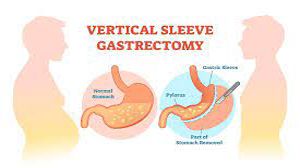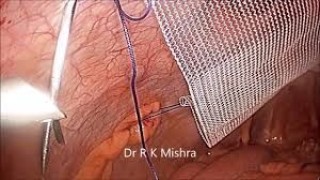Mistakes and Errors in Minimal Access Surgery: Understanding the Risks and Strategies for Prevention
Add to
Share
1,358 views
Report
2 years ago
Description
This book delves into the potential mistakes and errors that can occur during minimal access surgery, also known as minimally invasive surgery, which includes laparoscopic, robotic, and endoscopic procedures. It explores the common sources of error, including technical, human, and system-related factors, and provides a comprehensive guide to understanding the risks associated with each. The book also discusses strategies for preventing mistakes and minimizing errors to improve patient safety, outcomes, and satisfaction. This guide is essential reading for all surgeons, medical professionals, and students seeking to improve their understanding of the potential risks of minimal access surgery and enhance their knowledge of the best strategies for avoiding and addressing errors. Mistakes and errors in minimal access surgery can have serious consequences for patients. This comprehensive guide explores the most common mistakes and errors in minimally invasive procedures, including laparoscopic and robotic surgery. It examines the factors that contribute to these mistakes, such as technical errors, equipment failure, and human error, and provides strategies for preventing them. The guide includes case studies and real-life examples to illustrate the impact of mistakes and errors in minimally invasive surgery. It also provides guidance on best practices and quality assurance measures that can be implemented to improve patient safety and outcomes. Surgeons and other medical professionals will gain a deeper understanding of the risks associated with minimal access surgery and the steps they can take to minimize those risks and provide the best possible care for their patients. By learning from past mistakes and taking proactive steps to prevent future errors, surgeons can ensure that patients receive the highest level of care and achieve the best possible outcomes. This guide is an essential resource for any medical professional involved in minimal access surgery, including surgeons, nurses, anesthesiologists, and other members of the surgical team. Errors and mistakes in minimal access surgery can have serious consequences for patients, leading to longer hospital stays, increased healthcare costs, and even permanent injury or death. As such, it is critical that surgeons understand the risks associated with minimally invasive procedures and take proactive steps to prevent mistakes from occurring. This comprehensive guide provides an in-depth exploration of the most common errors and mistakes in minimal access surgery, including incorrect positioning, misidentification of anatomy, and instrument malfunction. It also offers practical strategies for preventing these errors, such as thorough preoperative planning, effective communication among surgical team members, and continuous monitoring of patient vital signs. By mastering the knowledge and skills necessary to minimize the risk of errors and mistakes in minimal access surgery, surgeons can provide safer and more effective care to their patients.
Similar Videos






